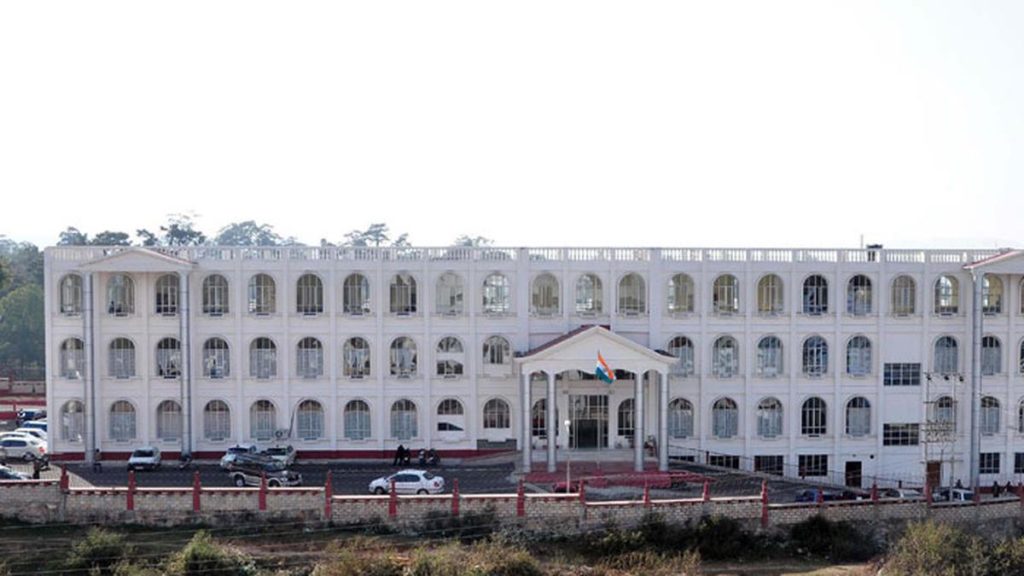Now Reading: Scientists Develop Super-Strong Copper Alloy Tougher Than Steel, Heat-Resistant to 1500°F
-
01
Scientists Develop Super-Strong Copper Alloy Tougher Than Steel, Heat-Resistant to 1500°F
Scientists Develop Super-Strong Copper Alloy Tougher Than Steel, Heat-Resistant to 1500°F

Quick Summary
- Researchers have developed a new copper alloy combining copper with tantalum and lithium, making it one of the most resilient copper-based materials ever created.
- The alloy showcases high performance in electrical conductivity, strength, and thermal resistance. it can operate at temperatures up to 800°C (1,472°F) and withstand a maximum stress of 1,120 megapascals.
- the unique structure features copper-lithium precipitates sandwiched between tantalum layers. A small amount of lithium creates stable cuboidal structures that enhance resilience.
- This material surpasses nickel-based superalloys traditionally used in high-stress environments like aerospace and turbine engines while addressing their lack of electrical conductivity.
- Applications could include hypersonic technologies, advanced turbine engines, defense systems, and industrial machinery.
(Image Source: Lehigh University)
!Copper Alloy Cross-section
Indian Opinion Analysis
The creation of this ultra-resilient copper alloy marks notable progress in materials science with potential implications for both global industries and India’s technological ambitions. For India’s aerospace sector-which is undergoing steady development-this breakthrough might inspire similar research or encourage the adaptation of such cutting-edge alloys for advanced machinery used in defense or space exploration projects like ISRO’s hypersonic programs.
Additionally, industries reliant on high-performance materials such as energy production or heavy manufacturing could benefit from exploring alternatives to customary alloys. If adopted strategically within domestic production ecosystems over time, innovations like these might reduce dependence on foreign imports of superalloys currently vital to critical applications in India.
Ultimately, while implementation would require cooperation among researchers and local industries focused on material sciences development within India’s broader infrastructure initiatives (Make In India), having access to durable alloys with improved thermal tolerance opens promising technological opportunities relevant to national progress.

























